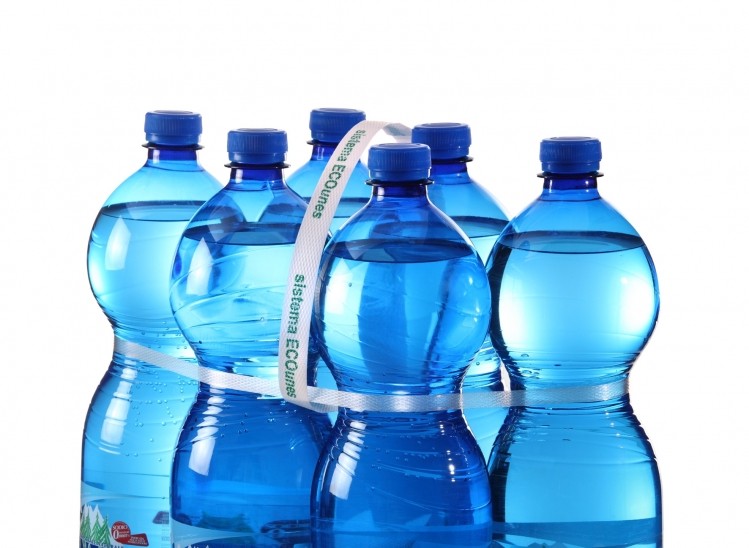Amcor declares CSDW self-manufacture trend ending - but who will pick up the pieces?

But an industry expert questioned whether the packaging giant was best placed to capitalize on new business opportunities from specialist emerging beverage players.
‘Nearing its conclusion’
Amcor, which has its rigid plastics operations headquartered in the US, made the bold market shift declaration after saying it had secured a number of new contracts from the sector and had begun to claw back volume losses dating back to the turn of the century.
“Over the past decade the business has [also] disinvested in the CSDW segment as customers moved to self-manufacture of water and CSD containers,” said Amcor in a recent statement.
It added: “This trend to self-manufacture is nearing its conclusion and as part of this process the business has recently secured contracts for additional preform volumes to partially off-set the impact of reductions in blown bottles.”
However, just days after making the statement, the company’s US division announced it was shuttering a bottle manufacturing plant in Lenexa, Kansas by June, with the loss of 53 jobs - because another CSDW player had gone down the self-manufacture route.
Amcor director of communications Shelley Steele told FoodProductionDaily.com: “The reason for the closure of this small plant is a move by a customer to self-manufacture. This client accounts for a significant amount of its output.”
The end of self-manufacture as we know it?
FoodProductionDaily.com contacted Amcor for more comment on the issue but the company did not respond prior to publication.
But one industry specialist who works within the sector said that even if self-manufacture was no longer top of the list for every beverage company, it was by no means certain that major players like Amcor could expect to see a resurgence of business from the sector.
The emergence of smaller, specialist beverage producers had made the picture more complicated and fragmented.
He confirmed the last 10 years has seen a host of major CSDW players, which are Amcor’s customer base, abandon specialist packaging suppliers and instead invest in their own facilities as a result of price pressures and slow market growth.
CDS volumes in the US have plummeted by 10 gallons (38 litres) per capita over the past 10 years. While bottled water gallonage rose to pick up most of this decline, the packaging used in water is almost half the gram weight of the CSD packaging and not as profitable, added the expert.
Outlining the root causes underpinning self manufacture, he said stretch blow moulding equipment had become less expensive due to new offerings from Asia and Italy but was still not cheap.
“In the end, a self-manufacturer must be confident of running at 80% capacity or above in 24/7 operations if they are going to compete successfully in a price sensitive segment of the beverage market,” he said.
No longer a Coke versus Pepsi world
The industry source explained that the rise of smaller specialised companies in the field was squeezing further what was already a highly competitive market.
The days of Coca-Cola versus Pepsi as the only significant beverage battleground were long gone, he said.
Not only do many of these new specialised players not self manufacture their packaging they often don’t even fill their own product, he said.
“The desire for flexibility, innovative packaging and lower volumes don't justify the investment in the production equipment. These companies charge significantly higher prices for their product and getting the last nickel out of their packaging isn't as vital to their success,“ added the expert. “Amcor has plants and equipment set up for long production runs that are less suitable for the new and emerging brands nor do they offer the other solution to the puzzle of filling bottles."
He said it was therefore logical the company had moved their investment dollars to other packaging segments. He cautioned that smaller, nimble players were more likely to capture this new growth segment.
“Smaller packaging manufacturers with flexible capabilities and that own or have a close association with a filler will continue to have good business opportunities,” added the source. “Diversity of beverage choice is now institutionalized with the consumer and I don't think we'll go back to a Coke versus Pepsi or Bud versus Miller world.”




